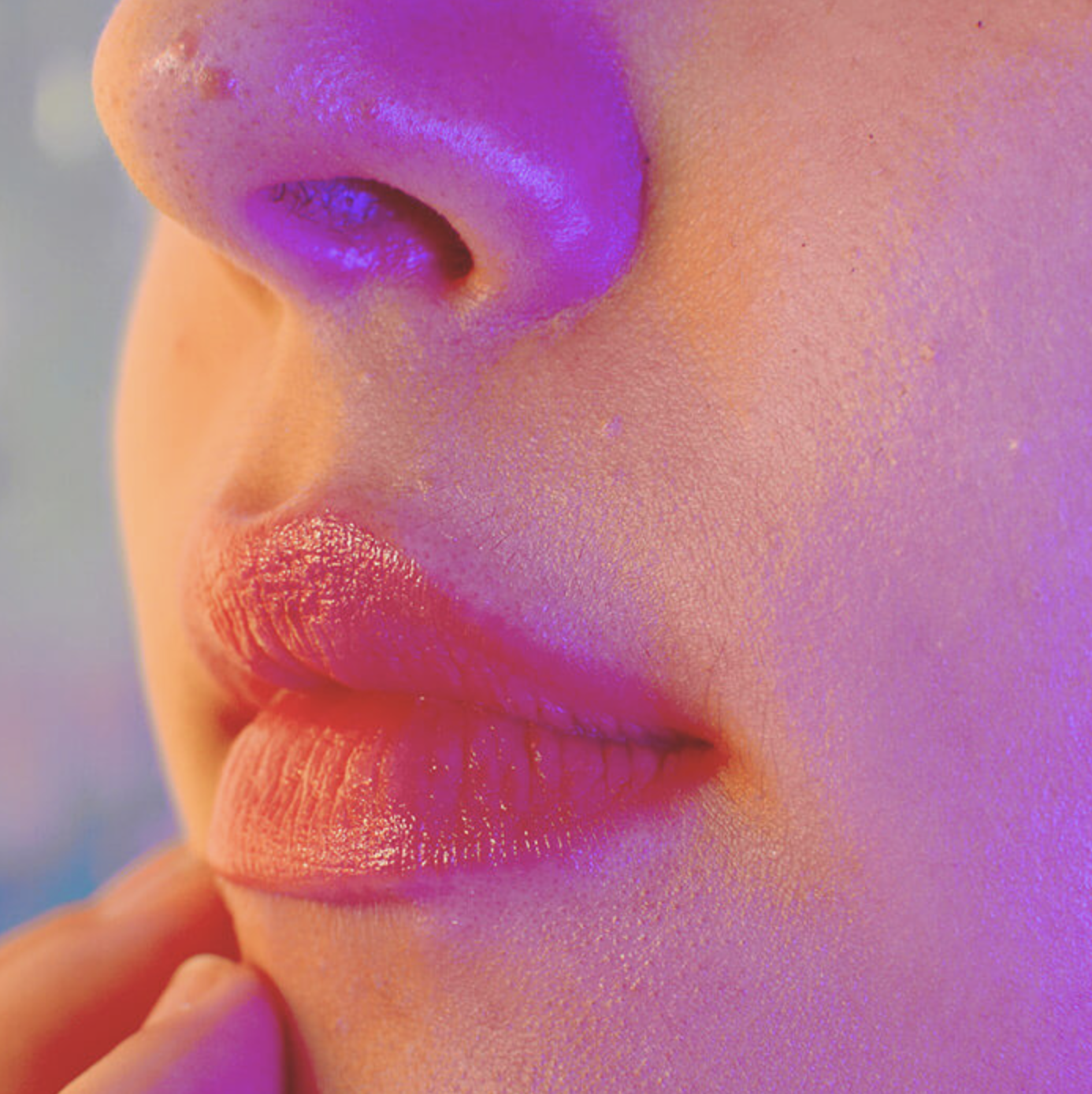The acne cycle can be difficult, especially when it comes to scarring. You get a new breakout, you apply your favorite
acne scar treatments, but then you're left with a scar that constantly reminds you of the zits that once were. First things first, let's remember that scarring is totally normal and nothing to be ashamed of, but acne scars, pigmentation, and discoloration can definitely be frustrating—so we're here to help.
According to Sonäge Skincare founder Anisha Khanna, more recent scars have a higher potential to disappear. “The older the scar, the more stubborn it is, and the more difficult it is to treat,” she says. “The biggest cause of acne scarring is the skin inflammation that results from the breakouts. As the skin's natural response is to
produce collagen, if there's any over-production, it leads to scarring.”
It goes without saying, but the best treatment for preventing scarring is by not picking or squeezing your breakouts. “Picking can lead to even more damage and inflammation because it causes your skin and collagen to respond in a way that leads to scarring,” says AbsoluteJOI Skincare founder, Anne Beal, MD. “Additionally, if you delay treating your acne, that also increases the likelihood of developing scars. This is particularly important if you have
cystic acne, which is deeper in the skin and causes the damage and inflammation that leads to scarring.”
Keep reading for everything you need to know about acne scarring and how to treat it.
Types of Acne Scars
Depressed Acne Scars
When the body produces too little collagen, that creates depressed, or atrophic, scars. “Atrophic scars are the most common and are caused by loss of skin cells, which, in turn, cause a pit or depression on the skin's surface,” Khanna says. “This results from breakout inflammation. Atrophic scars are the most difficult to treat since they may be deep-rooted due to the loss of tissue.”
Ice pick: Narrow but deep pitted scars that form a “V” shape in the skin. Of atrophic scars, this is the most challenging type to treat.
Boxcar: Scars that appear to be “punched out” of the skin in a round or square shape with sharp edges.
Rolling: Broad depressions in the skin with sloping edges.
Raised Acne Scars
Dr. Beal explains that “raised [or hypertrophic scars] are the result of too much collagen production. Raised scars are more common in people with melanin-rich skin, particularly those who are prone to keloids.”
Post-Inflammatory Hyperpigmentation
The red or brown discolorations that appear on the skin from acne are not scars per se, but they are marks created by the
inflammation from acne breakouts. These occur when the skin over-produces melanin during the healing process.
How Can I Professionally Treat My Acne Scars?
While acne scars are frustrating, they don't have to be permanent. There are several treatment options that allow you and your physician to create a plan that works for you.
Dermabrasion or Microdermabrasion
How Can I Treat Acne Scars at Home?
“Since the primary cause of scarring is inflammation, the at-home management should focus on reducing inflammation and further skin damage,” says Dr. Beal. “Hyperpigmentation responds well to a home regimen to help with skin turnover and reduce inflammation.


